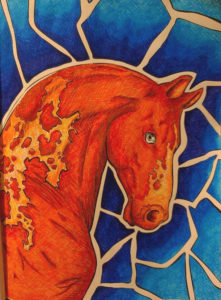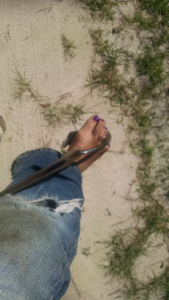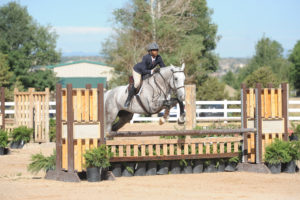By LIZ CRUMBLY
Editor
It can inspire creativity or simply distract from the stresses of everyday life; many adults haven’t done it since they were small, but coloring is making a comeback with the grown-up set.

Given their potential to be relaxing and fun, coloring books have found a toehold with many artists looking to reach a broader audience, and the grown-up version of this childhood favorite tends to be sophisticated and beautiful – like art.
Pulling the consumer into the creative process is exactly what Lakeland, Fla. artist Cindy Elsharouni loves about publishing coloring books. Two of her most recent creations, “The Amazing World of Horses” and its sequel, “The Magical World of Horses,” allow the viewer to step into a world where equines are covered in swirling patterns and sometimes even sport wings.
Coloring books are a way for adults to create their own art, Elsharouni explained. They give people with no time or confidence to learn to draw the ability to put their imaginations to work, she said.
“So many people want to be creative, and they label themselves as not creative,” she said. With coloring books, “they’re putting the colors together. There’s that sense of satisfaction.”

Elsharouni shares her byline with her husband, Tamar, who is originally from Egypt – the two met there, in fact. They both have an appreciation for the Arabian horse – Cindy rode them when she was a teenager, and Tamar has had several art exhibitions in Egypt that revolved around the breed. The two artists usually work in oil and acrylic; some of their greeting cards and graphics are watercolor, Cindy explained.
The process of creating fanciful equine likenesses for a coloring book is often an organic one. The images are imbued with the artists’ feelings at the time of rendering.
“(The final product) depends on the day and my mood,” Cindy explained.
The whirling pattern always follow the horse’s flowing lines though – “I like it to kind of warp around the horse,” she said. “(The pattern) depends on the position of the horse.”
The artists began rendering the horses in pencil, but now they use a digital drawing pad that hooks to their computer.
“I’m more free to try patterns and erase easily,” Cindy said. “Technology really helps me.”
There’s seems to be something magnetic about the horse’s form that makes humans want to render it visually (think ancient drawings found in caves). Cindy said she’s been making attempts to draw equines since she was three years old. Now, she’s not only found success in this quest, but she’s made a way for others to satisfy their innate creative urges, as well.







